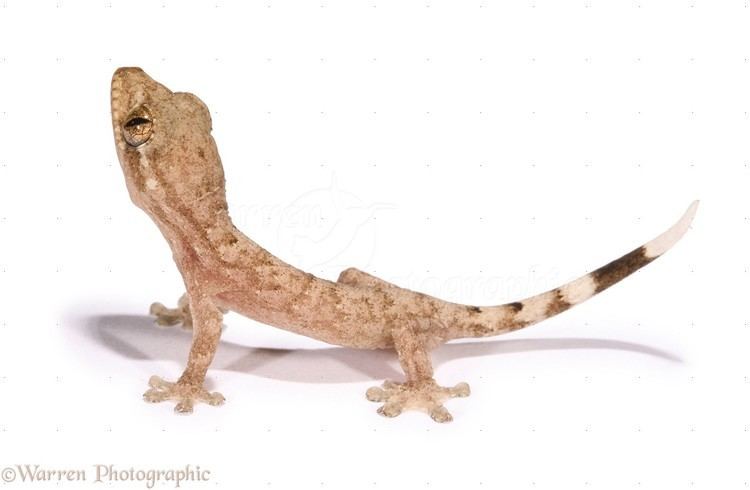Higher classification House geckos | Phylum Chordata Scientific name Hemidactylus mabouia Rank Species | |
Similar Reptile, House geckos, Geckos, Scaled reptiles, Common house gecko | ||
Hemidactylus mabouia gecko eyes and walking gekkonidae lagartixa
The tropical house gecko, Afro-American house gecko or cosmopolitan house gecko (Hemidactylus mabouia) is a species of house gecko native to sub-Saharan Africa. It is also currently found in North, Central and South America and the Caribbean, where it has been inadvertently introduced by humans.
Contents
- Hemidactylus mabouia gecko eyes and walking gekkonidae lagartixa
- Hemidactylus frenatus gecko camouflage geckkonidae lagartixa
- Description
- Diet
- Vocalization
- Habitat
- Behavior
- Human impact
- References
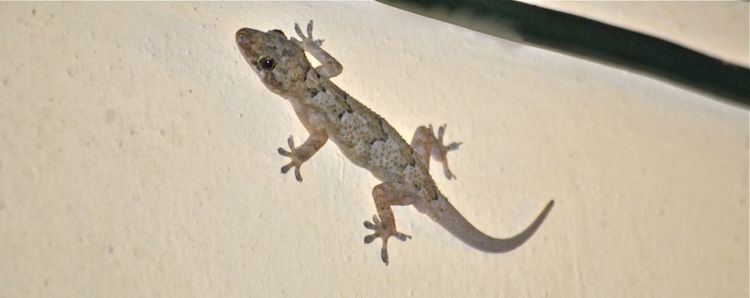
Hemidactylus frenatus gecko camouflage geckkonidae lagartixa
Description
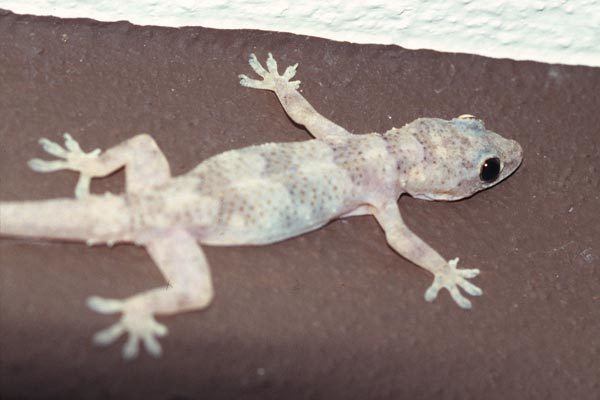
This species can attain a maximum length, from snout to vent, of 12.7 cm (5 in). Being nocturnal, it has very large eyes which are useful in spotting prey in low light conditions. It can change color (slowly) from light brown to a darker brown to better match its surroundings). This Gecko is from Africa and has the nickname 'Wood Slave' by hitching rides to the New World aboard Negro slave ships from West Africa.
Diet
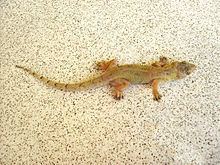
Its diet is varied, and includes animals such as spiders, scorpions, cockroaches, moths, anoles and other geckos with the most important element being Orthoptera species.
Vocalization

As with many gecko species, it has the ability to vocalize. Its vocalizations range from quiet peeps to rapid short squeaking sounds. They may be heard most easily on a quiet night when they are sitting near an open window.
Habitat
The tropical house gecko can be found predominantly in urban locations.
Behavior
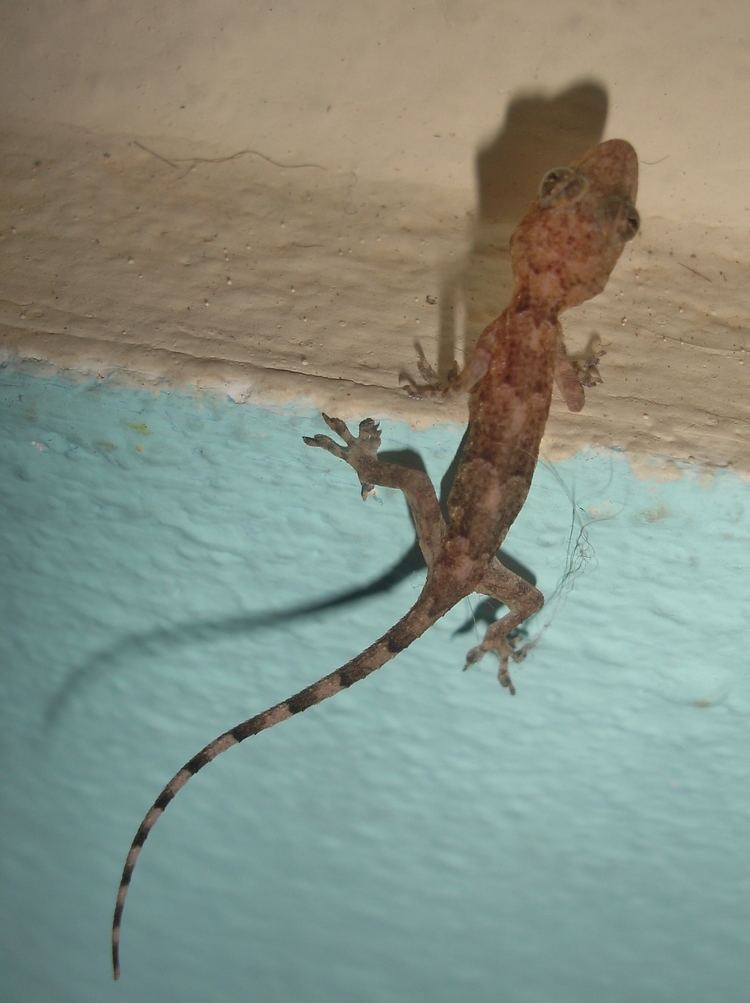
Tropical house geckos are mainly nocturnal and are voracious hunters of nocturnal flying and crawling insects. They have learned to wait near outside wall-mounted lighting fixtures so as to catch the insects that are drawn to the light.
Human impact
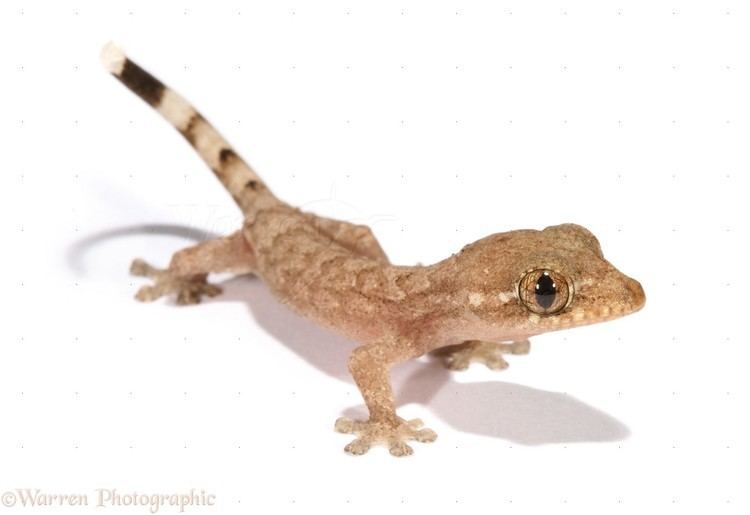
In some Caribbean cultures it is considered good luck to have a tropical house gecko residing in your home, and certainly they do eat a lot of household insect pests. However, the feces of the tropical house gecko are approximately 5 mm (0.20 in) long, 2 mm (0.079 in) wide, and dark brown (almost black) in color. The gecko will usually confine its feces to one area of a home, but if that area happens to be a pale-colored carpet, drapes, or any other easily stained surface, the stains are not easily removed, and the droppings have to be physically scooped up as well.
